Brands & retailers need to deploy an omnichannel marketing strategy: Taranjeet Singh
Criteo is a global technology company powering the world’s marketers with trusted and impactful advertising. 2,700 Criteo team members partner with over 20,000 customers and thousands of publishers around the globe to deliver effective advertising across all channels, by applying advanced machine learning to unparalleled data sets. Criteo empowers companies of all sizes with the technology they need to understand their customers well and serve them better.
Also read: 5 Effective techniques to improve a company's digital marketing strategy
Today, online commerce has become the lifeline for many customers. Sales on e-commerce platforms have peaked this year as compared to last year with sales growth climbing up phenomenally. According to a consumer survey conducted by Criteo, the India report shows that half of consumers say they’ll purchase more online because of COVID-19, especially the millennials. The need for the Internet is more pronounced than ever during this period as we may witness only further growth when it comes to online. Criteo’s vast expertise will help many customers and partners to be the trusted brand to their consumers.
Adgully spoke to Taranjeet Singh, Managing Director, SEA and India, Criteo, to understand their plans and to find out how brands will benefit from Criteo, as well as what his long term plans are.
E- commerce has become an important channel for many brands, especially in the pandemic times. What are the key trends that the Holiday Report 2020 is presenting? What are the learnings or direction one can pick from this report?
With the pandemic on the rise, e-commerce retailers have seen explosive sales growth as consumers under lockdown splurge online. As people shift towards a remote working style, we witness a transition of shopping habits from brick-and-mortar to digital. While most of the brands have shifted to an online mode for showcasing their products and services, we at Criteo specify on the top trends observed from the highly thriving E-commerce market in India, as highlighted in our Holiday Report 2020.
The Holiday Report states that after months of being heavily impacted by COVID-19, followed by a nationwide disruption of shipping, online retail is back to pre-COVID-19 numbers and rising. Some key numbers suggest – an increase of 28% (year on year) in the overall online retail sales along with rise in sales graphs for flowers, gifts, food and beverages. The report highlights that goods from categories such as flowers & gifting increased by more than 343% in August 2019, compared to average in July, along with 70% increase in sales in the food & beverage category during Raksha Bandhan in India. According to Criteo’s report, during seasonal sales like the week of Big Billion Days, E-commerce websites traffic increases by 19%, followed by sharp rise in sales (+27%). I feel that the retail and e-Commerce industry in India is going through a positive upturn due to its digital disruption.
With more channels available, brands and retailers need to deploy an omnichannel marketing strategy to ensure that consumers get both the online and offline experiences they desire.
Your report indicates that during the festive season there is a significant jump in the E-commerce business. Can you tell us a little more and what are the categories that have leveraged the e-commerce channel?
With the holiday season fast approaching, it is no brainer that e-commerce sales are expected to rise noticeably. It is that time of the year when online sales get a major boost. During the festive season, online businesses get more revenue than any other period of the year. In reference to our report the top categories that receive highest demand include flowers, gifts, food and beverages during the festivals of Raksha Bandhan, Diwali and (Flipkart) Big Billion Days sale on e-platforms. We have observed this as the Golden Quarter as we record skyrocketing sales with the onset of these festivals.
As the Holiday Report suggests, Diwali favours a rise in In-App sales for brands. The share of transactions completed on app showcase an escalation to a 50% mark, before and following Diwali 2019, and an acceleration of In-App sales just before the event.
What is the kind of differentiation and unique solution you provide when brands approach you? And how do you ensure that they get the best ROI leveraging your technology? Can you share some case study here?
Criteo provides a full-funnel marketing solution to support every stage of the customer journey from awareness, consideration to conversion. We work with over 20,000 advertisers, including 1,000+ brands across a range of businesses.We do this by analysing and mobilising data from 2.5 billion Criteo IDs consisting of shoppers who transact across web, app and store channels on more than 10 billion products. The solutions also provide marketers the capability to address their full-funnel campaign goals across the entire shopper journey on web, app and store with digital display advertising.
On the other hand, Criteo’s app marketing solution is an all-in-one mobile advertising platform for app installs, engagement, and retargeting; helping acquire high value new users who actively engage in your app and drive revenue producing events with Criteo’s industry leading technology. Thus, increasing engagement by up to 62%.
One of the best case studies that I feel I should highlight is of Tata CLiQ, which leveraged Criteo’s in-app retargeting solutions. Tata CLiQ achieved a steady increase in average revenue per user (ARPU). The brand was able to tap on machine learning technology to configure ads on the fly that were visually appealing and gave them the ad performance they wanted. Tata CLiQ was able to achieve the following results:
- 20-40% increase in ARPU as compared to the next best competitor
- 5 times increase in ROI as compared to the next best competitor after partnering with Criteo
- 7% increase in business contribution on a month-on-month basis with Criteo Dynamic Retargeting
The festive season is here, and people will celebrate and will do shopping in a restricted atmosphere. There will definitely be a surge in online shopping. Any statistics or numbers that you could share on how e-commerce will boost the sales and how brands should leverage online selling?
With the influx of online shoppers, we’ll see an increase in consumers visiting new brands and retailers’ sites to better find what they’re looking for, as larger e-commerce companies may struggle to keep up with demand. This may also increase brands taking a more direct-to-consumer approach to better manage their relationships with these new customers. Marketers will need to be everywhere — adopting an omnichannel strategy to ensure they reach their entire audience. This includes engaging with shoppers who previously only shopped in-store with relevant online advertising that speaks to where they are in their customer journey.
According to a report by Bain and Co., India’s e-commerce market is set to clock $100-120 billion in gross merchandise value (GMV) and 300-350 million shoppers by 2025. Criteo found that India’s online retail sales in early July were 20% higher than comparable sales in 2019, indicating strong growth as the economy begins to recover from the coronavirus pandemic.
Worldwide, e-retail has witnessed a predictable growth trajectory, starting with an increase in shopper penetration triggered by a sharp drop in data prices. Festive season traditions and gift-giving may look very different in 2020, so marketers need to ensure they’re adding value to consumers lives and helping them stay connected to whom and what they care about most. Keeping consumers needs at the core of their planning will help businesses identify and share their unique value, while addressing the need to keep your finger on the pulse of the market to adapt accordingly.
The trend of BOPIS (Buy online and pickup in store) has emerged as a huge differentiator. Many brands even in India have adapted to this format as supply chain function to the last mile was disrupted. Any trends you noticed here that you could share? Will brands shift to this channel to drive sales?
In the journey of omni-channel retailing, the concept of BOPIS (buy online pick up instore) would be a critical milestone. Businesses and consumers are shifting their preferences to digital payments and channels. And it is not a surprise that two of the fastest-growing shopping experiences are “buy online, pick up in-store” (BOPIS).
As part of Criteo’s ‘Peak to Recovery’ survey conducted in May, 56% of Indian consumers said they missed going to physical stores while 58% reported they would be comfortable going to a shopping mall by October. This year saw an unprecedented acceleration in e-commerce growth, the rise of safer store shopping options, and increased comfort levels with online meets-offline purchasing practices like BOPIS or curb side pickup. Taken together, this sales season has the potential to be a key period for businesses to resonate with more audiences in more ways for far longer than usual.
In today’s scenario, platforms like these would be a huge value-add, both as a possibility of exploration and redemption. Reduction of friction is one of the biggest value-adds in the customer experience journey.
Big Billion Days and Black Friday are big time sale events which run online and attract a lot of shoppers. How do you expect brands to leverage this year as brands will face challenges in executing the sale orders?
Peak shopping days around the world, like Black Friday or Singles’ Day, and the Big Billion Days are likely to test the waters in terms of consumer purchasing power as well ascertaining which categories are high-selling in the time of COVID-19. Talking in numbers, according to Criteo’s Holiday Report 2020, the overall, retail sales across product categories, mobile web and app sales reached a seasonal high of 39% for Big Billion Days and 27% on average during the entire week in 2019. The report also reveals that during the month of the sale, conversion rates remain up and above usual, as sales increase more than traffic during the four weeks leading to Big Billion Days. For all retail combined, the week of Big Billion Days represent 27% more sales for 19% increased traffic.
For a brand to stay relevant in such pandemic times, I feel leveraging social media channels for innovative engagement, raising awareness about the business well in advance of Big Billion Days, and by keeping messaging simpleand informative should be the key to increase their sales turnover. Moreover, focusing on tonality and human-centric messaging are especially important for companies to experience an uptick in distribution channels during the crisis. Rapid e-commerce recovery as compared to the offline segment has accelerated digitisation of retail and the trend is here to stay.



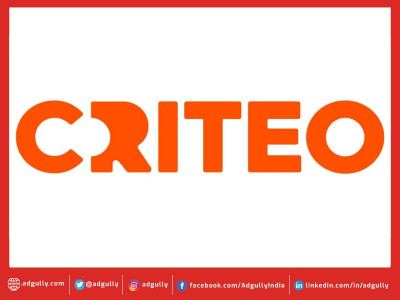

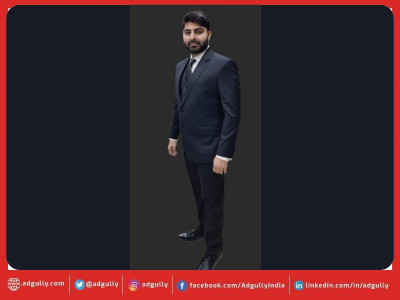

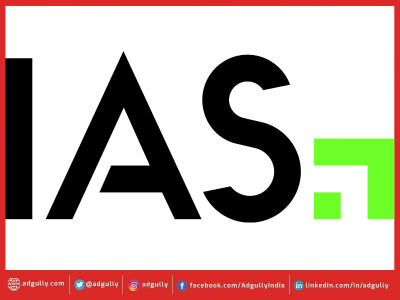

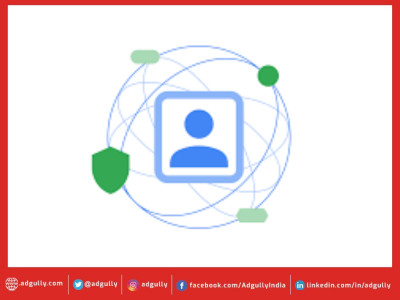
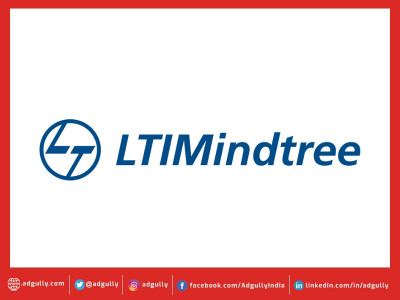
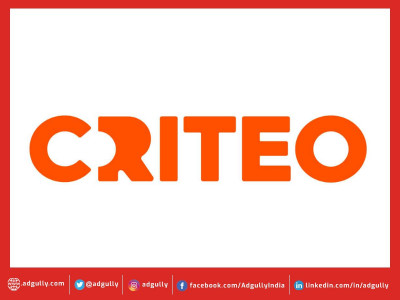
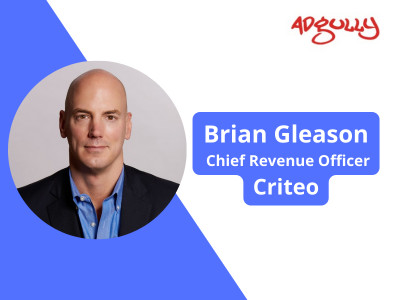

Share
Facebook
YouTube
Tweet
Twitter
LinkedIn